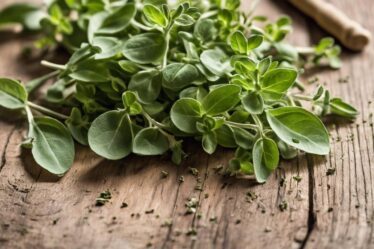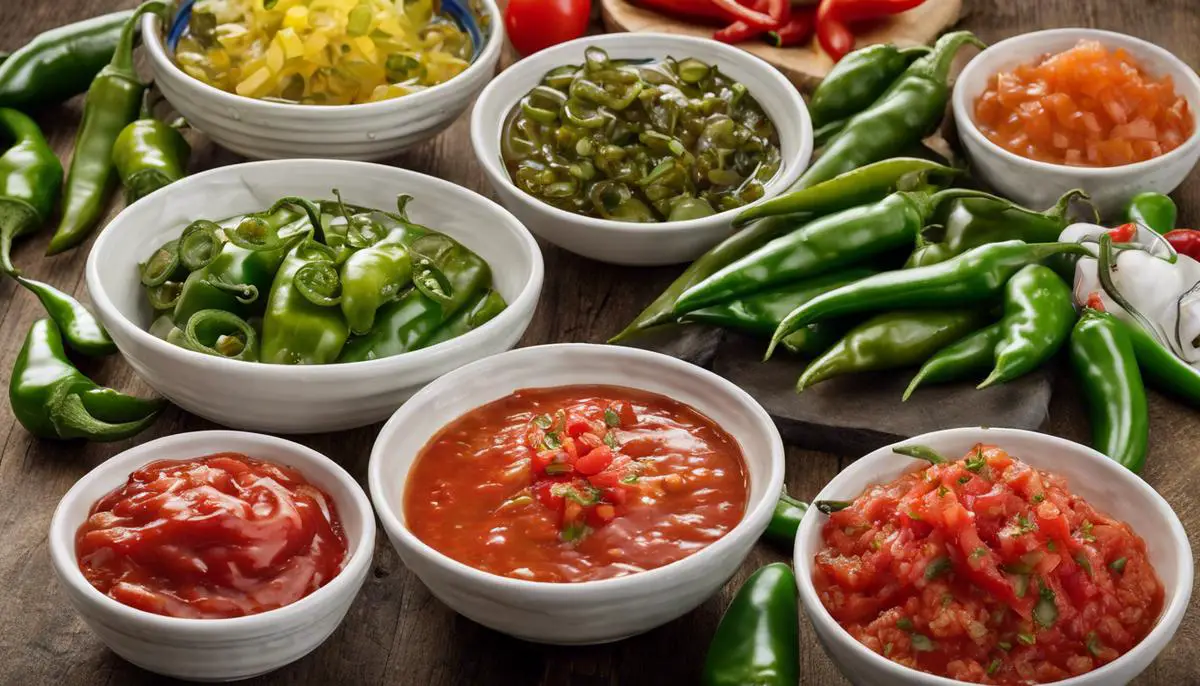
Serrano Basics
Serrano peppers, originating in the mountainous regions of the Mexican states of Puebla and Hidalgo, are crucial to Mexican cuisine. The name "serrano" translates to "from the highlands," alluding to its origins in the Sierra Madre mountains. This connection to the sierras hints at the ruggedness of the plant.
Serrano peppers are valued for their crisp, bright flavor, which maintains its integrity whether eaten raw or cooked. This pepper offers a sturdy meatiness, making it less ideal for drying but perfect for fresh salsas, sauces, and even as a garnish. The versatility of serrano peppers extends beyond Mexican cuisine, finding its place in dishes worldwide requiring a punch of heat without overwhelming spiciness.
This hardy pepper is easy to grow, flourishing under warm weather and well-drained soil. Gardeners love serrano pepper plants for their generous yield. A single plant can bear up to 50 pods, each pepper measuring 1 to 4 inches long. As they ripen, these initially green peppers can transform into an array of colors from red and brown to orange and yellow.
When harvested at different stages of ripeness, serranos can add a variety of flavors and levels of heat to dishes. Their heat level, which ranges from 10,000 to 23,000 Scoville Heat Units, combines a fresh, grassy flavor with a substantial kick. This makes serrano peppers an excellent choice for those who wish to elevate their cooking with nuanced spice and robust flavors.
In culinary use, the adaptability and vibrancy of serrano peppers are noteworthy. They imbue dishes with a spiciness that is vibrant without being overpowering. Whether blending into sauces, cutting through the richness of meats, or serving as an integral part of a traditional salsa, serrano peppers are a testament to the rich history and vibrant culture of Mexican cuisine and its ongoing influence on global gastronomy.
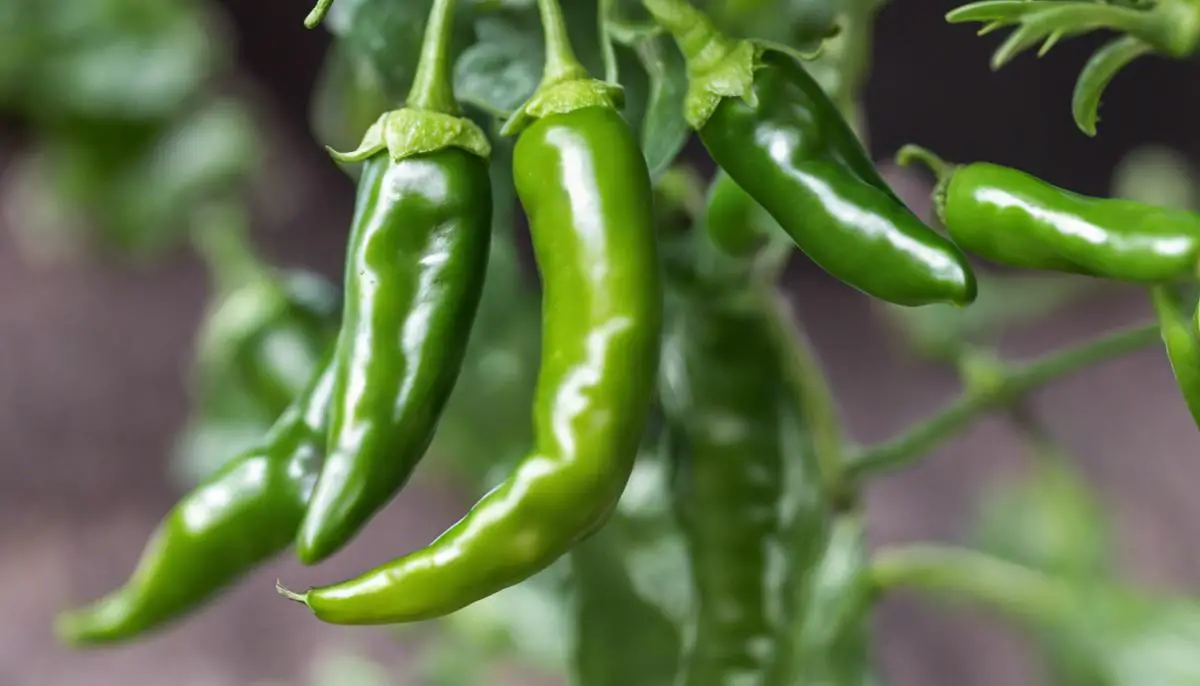
Heat Profile
When we place serrano peppers on the Scoville scale alongside other culinary peppers, an elaborate heat map unfolds. Serrano peppers, with their SHU ranging from 10,000 to 23,000, are comfortably hotter than jalapeños, which typically range within 2,500 to 8,000 SHU. This elevated position in the heat hierarchy explains the serrano's reputation for adding a vibrant, yet manageable, blaze to dishes. Their heat can be described as a swift, clean spike – a zesty invitation to the palate rather than a lingering dare.
On the broader spectrum, habanero peppers, which soar into the scorching realms of 100,000 to 350,000 SHU, relegate serranos to a more moderate status. While habaneros offer a lingering, intense burn that demands respect, serranos provide a more approachable warmth. This heat distinction is crucial in culinary applications; serranos can often be generously used to infuse recipes with layers of flavor, while habaneros require a delicate, precise hand to prevent them from overwhelming a dish's intended profile.
It's important not to underestimate the serrano. Amidst common beliefs that equate smaller size with milder taste, the serrano defies expectations. It presents a robust heat that surprises the unsuspecting with its assertiveness. This piquancy, paired with its earthy, fresh undertones, allows the serrano to stand out as a versatile chile, agile in both raw and cooked forms.
Understanding the serrano's place on the Scoville scale enriches our appreciation for its role in culinary traditions. It occupies a middle ground that is both adventurous for the heat-averse and welcoming for spice aficionados. This balance makes the serrano an invaluable ingredient, capable of bridging worlds between the timidly spiced and the fervently fiery. As an integral component to countless recipes across various cuisines, the serrano pepper complements an array of ingredients, contributing depth without dominance.
Culinary Uses
Serrano peppers, with their daring burst of heat, serve as a beacon for culinary enthusiasts eager to infuse their creations with depth. Their vibrant kick finds a home not only within traditional Mexican cuisine but also across a spectrum of contemporary dishes.
Within traditional cuisine, serrano peppers are indispensable. They are the soul of pico de gallo, lending this classic salsa not merely its signature heat but also an earthiness that anchors the brightness of fresh tomatoes and cilantro. Their utility extends into the art of making enchiladas, where finely diced serranos disperse their fervent zest throughout, marrying well with the succulence of chicken and the creaminess of cheese. Serrano peppers also play a profound role in crafting homemade hot sauces – a staple in many Mexican households, these sauces celebrate the robust persona of the serrano, showcasing its capacity to command attention and elevate dishes with merely a few drops.
In modern fusion cuisine, the serrano's versatility further blossoms as it mingles with global flavors. Serrano-infused aiolis become a daring accompaniment to burgers, blending the boundaries between classic American fare and the fiery spirit of Mexican cuisine. Asian-inspired dishes also embrace the serrano's heat; a slice of this potent pepper atop a piece of sushi introduces a fiery counterpoint to the delicate balance of fish, rice, and seaweed.
To welcome the serrano pepper into one's personal culinary repertoire, appreciation for its temperament and power must be coupled with knowledge of its handling. When dicing serranos for use in salsas or marinades, wearing protective gloves can safeguard against the capsaicin's sting. For those seeking to enjoy the serrano's flavor with less intensity, removing the seeds and veins diminishes its heat without sacrificing the pepper's distinctive character.
When integrating serranos into everyday cooking, one should tread lightly at first, acquainting one's palate with its vigor gradually. A finely chopped serrano can invigorate a pot of chili or stew with nuanced complexity, while slices sautéed with vegetables introduce enlivening warmth to what might otherwise be a mundane side dish. Experimentation and an adventurous spirit can lead to discovering the serrano's surprising adaptability, as it harmonizes with ingredients and cuisines of varied natures.
The serrano pepper invites us to reconsider the role of spice in our cooking. It challenges us to seek balance in heat, to find beauty in its intensity, and to appreciate the depth it brings to our tables. In embracing the serrano pepper, we open ourselves to a world where every bite is an adventure.
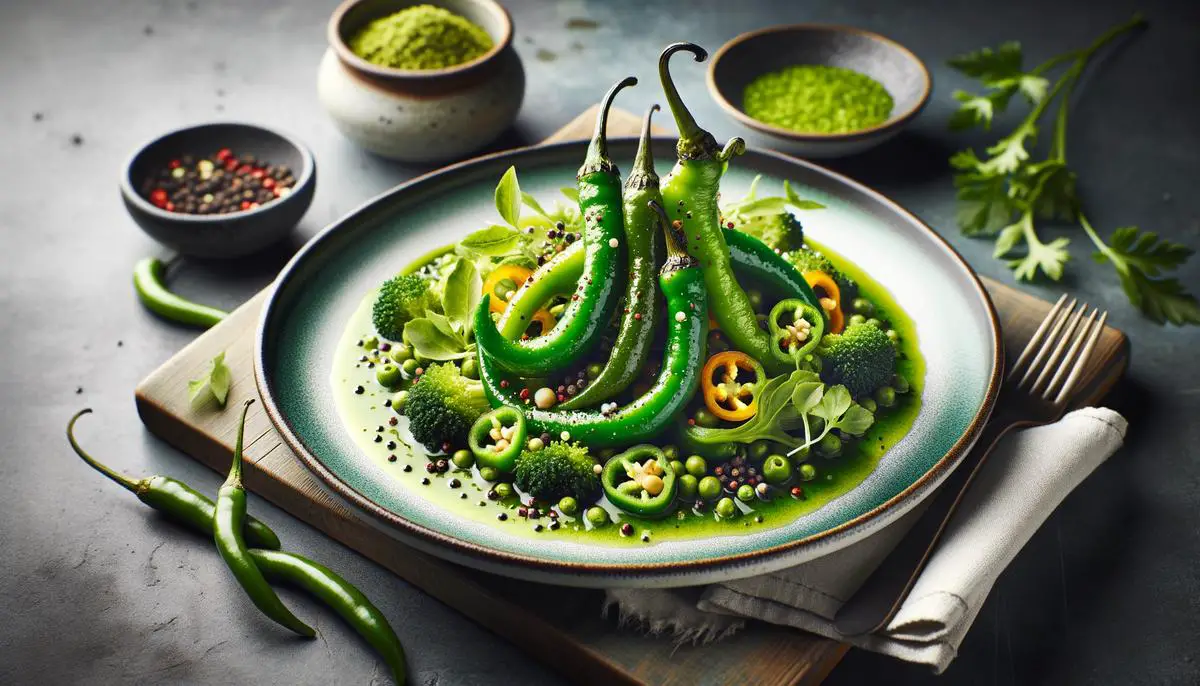
Growing and Harvesting
Selecting the right seeds is the first crucial step in growing serrano peppers. Choose high-quality seeds from a reputable supplier to ensure genetic purity and germination success. Upon selecting the seeds, the journey of cultivating serrano peppers begins.
Plant serrano pepper seeds indoors, in a well-drained, peat-based starting mix, about 8-10 weeks before the last expected frost. Keep the soil consistently moist, but not waterlogged, and provide warmth between 75°F and 85°F (24°C-29°C), which can be achieved with a heat mat. Germination should occur within 7-14 days.
As seedlings emerge and grow, ensure they receive ample light—ideally 14-16 hours a day. Proper lighting is crucial for developing sturdy, bushy plants. Transplanting occurs after the threat of frost has passed, and the seedlings have developed several true leaves.
Transferring your serrano seedlings outdoors requires acclimatization, or 'hardening off.' Begin by placing them outside in a sheltered, partially shaded spot for a few hours each day, gradually increasing their exposure to sun and wind. This process toughens the plants, reducing shock when finally planted in their permanent outdoor location, whether in the ground, raised beds, or containers. Select a site that receives full sun.
Regular watering is essential to keep the soil evenly moist, but be vigilant against waterlogging, as peppers are susceptible to root rot. A balanced, slow-release fertilizer will ensure your growing plants have all the nutrients they need.
As your serrano plants mature and flower, you'll begin to see the fruits of your labor. Serrano peppers typically start green and transition to red, brown, or orange as they mature. Allow the peppers to fully mature on the plant for the most robust flavor.
One common challenge when growing serranos is blossom-end rot, often caused by calcium deficiency and erratic watering. Ensure consistent soil moisture and consider adding calcium to your soil regimen if this problem arises. Pests, such as aphids and pepper maggots, can also be problematic. Combat these with neem oil or insecticidal soap, always remembering to treat plants in the evening to avoid harming beneficial pollinators.
Harvesting your serrano peppers is straightforward. Once they've reached their desired color and size, snip the peppers from the plant using a pair of sharp scissors or a knife, leaving a short stub of stem attached. This method protects the plant from damage and encourages further fruiting.
Experiencing the growth cycle from seed to harvest imparts a special connection to your food and adds depth to your culinary endeavors. The satisfaction of using homegrown serranos in your recipes transcends the mere heat they contribute—they add a story, a personal touch to every dish they grace.
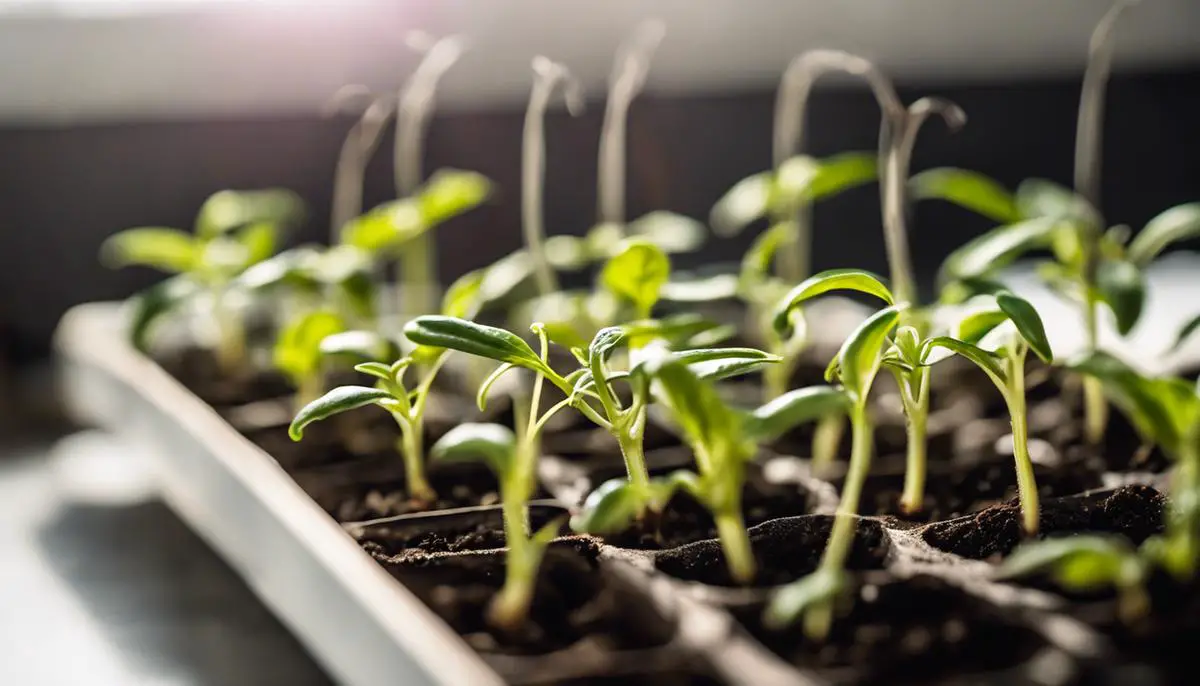
In the world of culinary arts, the serrano pepper stands out for its ability to imbue dishes with a depth of flavor that transcends geographical boundaries. Its role in traditional and modern cuisine alike underscores the pepper's adaptability and enduring appeal. As we reflect on the serrano's journey from seed to plate, it becomes clear that this humble chili is more than just a component of heat; it's a symbol of culinary exploration and innovation, inviting us to savor each bite with newfound appreciation.
- Bosland PW, Votava EJ. Peppers: Vegetable and Spice Capsicums. CABI Publishing; 2012.
- DeWitt D, Bosland PW. The Complete Chile Pepper Book: A Gardener's Guide to Choosing, Growing, Preserving, and Cooking. Timber Press; 2009.
- Kraft KH, Brown CH, Nabhan GP, et al. Multiple lines of evidence for the origin of domesticated chili pepper, Capsicum annuum, in Mexico. Proc Natl Acad Sci U S A. 2014;111(17):6165-6170.

